After reading a 2020 Australian study that compared using wood stoves and fireplaces to “having a truck idle inside your home,” we’ve been thinking about how to clear the air. Remodelista directory member Alison Davin of Jute Interior Design in SF and LA is also concerned. For more than a decade, Ali has been practicing what she calls “nontoxic design methods.” And in her forthcoming book, Live Natural, out in June, she shares guidance on her “relaxed approach to creating healthy homes.”
“Since most of us spend much of our time indoors, the air quality inside our homes affects us much more than what’s outside” she writes in her book. And, according to the EPA, indoor levels of pollutants are often two to five-times higher than outdoor levels. “Thankfully, we can impact our indoor air quality on our own,” continues Ali. We turned to her for concrete advice on how to breath easier at home.
Photography by Lisa Romerein from Live Natural, courtesy of Jute Interior Design unless noted.

Remodelista: What are the top offenders of air pollution in the home?
Alison Davin: Carpeting, manufactured wood, adhesives, upholstery with stain protection, and mattresses.
RM: What’s the simplest thing a person can do to improve the air quality at home?
AD: Open the windows: the air outside is much cleaner than the air inside. Cross-ventilation is the fastest way to circulate air in your home.
RM: How to target problem items and areas?
AD: Start by assessing your indoor air quality using a basic VOC meter, such as a Temtop—these also test for formaldehyde, and particles; you can get one at an electronics store or online. Leave offending pieces outside or in a garage or unused room until they register clean or swap them out: anything sprayed with flame retardants or stain repellents or made with polyurethane, MDF, or heavy glues probably needs to go. And open the windows.

RM: In your book, you advise buying a kit online to test for mold. Where to test? And what to do with the findings?
AD: I would do a dust test for mycotoxins, which covers a range of molds: you can buy a kit from RealTime Labs and send it for evaluating. Not all mold is bad; black mold in your shower, for instance, isn’t and can be removed by cleaning. If your test results show problematic substances are present, contact a building biologist to do a physical examination. In SF, I use Healthy Building Science. They can test and find the specific locations of where the mycotoxins are located using different methods including air sampling and checking for moisture presence in the walls. They don’t mitigate the problem, but based on their findings, you can work with your contractor/builder to fix the issues.

RM: Since even low-VOC paints introduce VOCs (and are petroleum-based), what do you recommend as an alternative?
AD: I use nonpolluting AFM Safecoat. I buy it untinted. You can take the base to the paint store of your choice and mix in a tint for the desired color.
RM: Should we all be adding HEPA filters to the rooms we spend the most time in? Which do you like?
AD: Yes, they help a lot all over the house. There are so many great options. Right now, I’m using the Rabbit Air BioGS with a toxin filter in my own home.


RM: How do you feel about gas stoves these days?
AD: Well, I can tell you that my air-quality meter doesn’t love them. I usually open up the adjacent doors/windows when using one—you need more than an extractor fan and should always have it running when the stove is on.
RM: When upgrading HVAC systems, what do you generally recommend?
AD: Radiant heat, also known as underfloor heating—there are different kinds and I like plumbed not electric. There’s radiant cooling too, but I’m not an expert on that.

RM: What are your go-to brands for rugs, upholstered furniture, and mattresses that are truly green and free of offenders, such as flame repellents and glues?
AD: I like vintage rugs in general, and for new designs, Beni for Moroccan and Merida for custom. I like Cisco Home for upholstered furniture, and recommend a 100-percent latex mattress with a 100-percent wool topper: I like Holy Lamb Organics mattresses and Coyuchi toppers.
RM: How often do you change forced air filters and cleaning ducts in heating and cooling systems?
AD: It’s good to stay on top of these things—they’re places where mold and allergens get trapped. But I defer to the manufacturer on this.
RM: A lot of insulation is made of materials that off-gas. What are the best alternatives?
AD: Recycled denim and cotton are great. So is wool insulation.

RM: What’s the most impactful thing a person can do to improve the air quality at home?
AD: Be mindful of all future purchases. Only bring nontoxic items into your home.
RM: For those of us who find assessing the air quality in our houses a daunting task, is there an affordable service we can turn to?
AD: The least expensive and easiest option is to buy a VOC/formaldehyde meter. It’s not daunting. Once you start using it, you really learn what things are safe and what to steer clear of. Once the biggest offenders are gone, the good new is it’s much easier to keep your air clean going forward.

Go to the Remodelista archive for more Expert Advice, including:
- 10 Eco Best Practices for Home Remodeling and Building Project from Dirty Girl Construction
- Why It’s Better to Wash Your Clothes in Cold Water
- 6 Common Bathroom Plumbing Jobs You Can Tackle Yourself, From Plumber Carley Carey
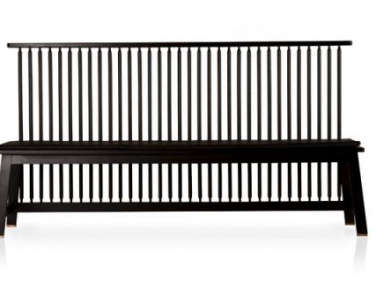
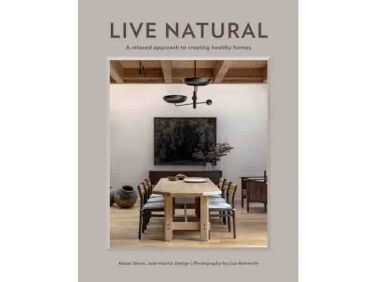
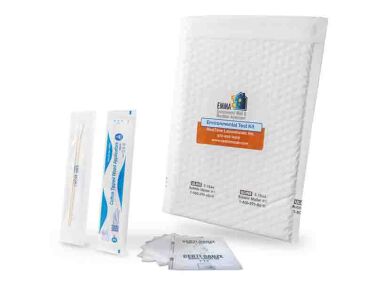
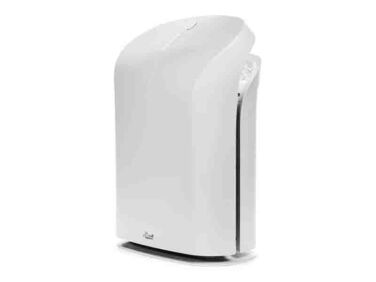
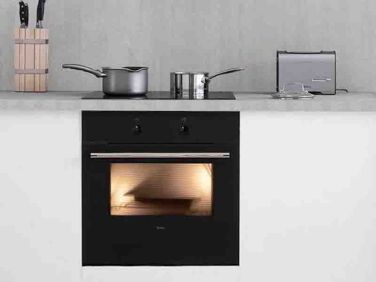
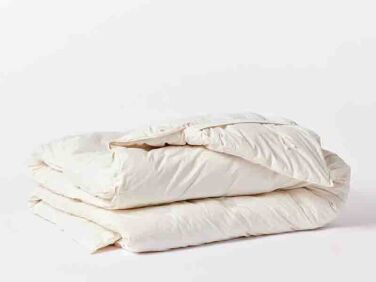
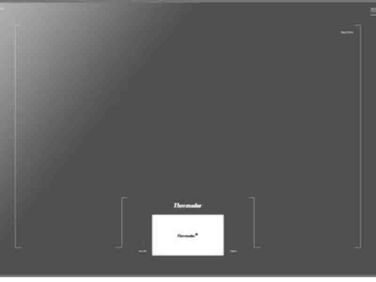
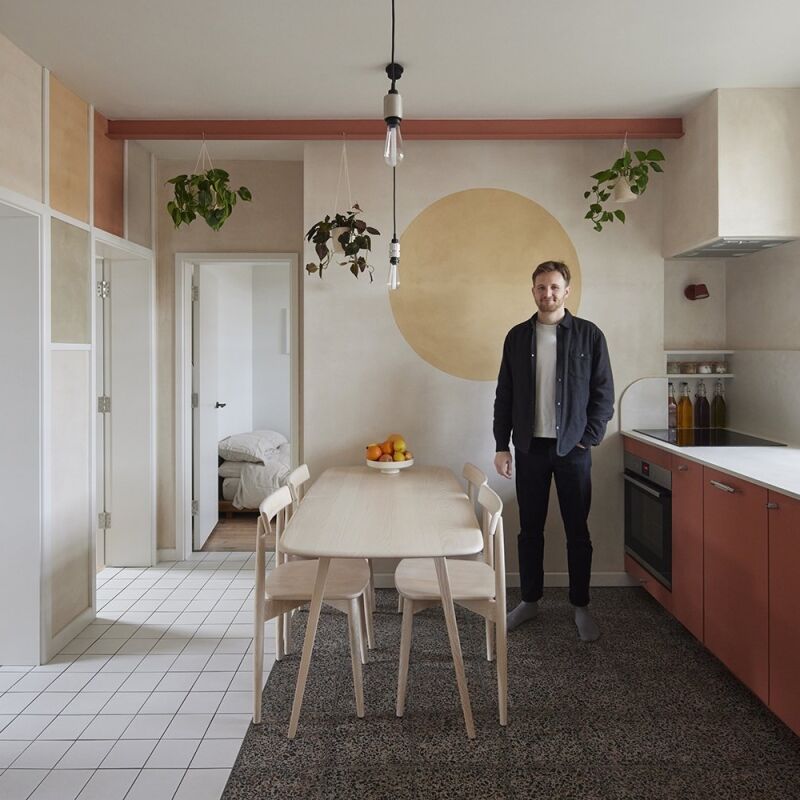
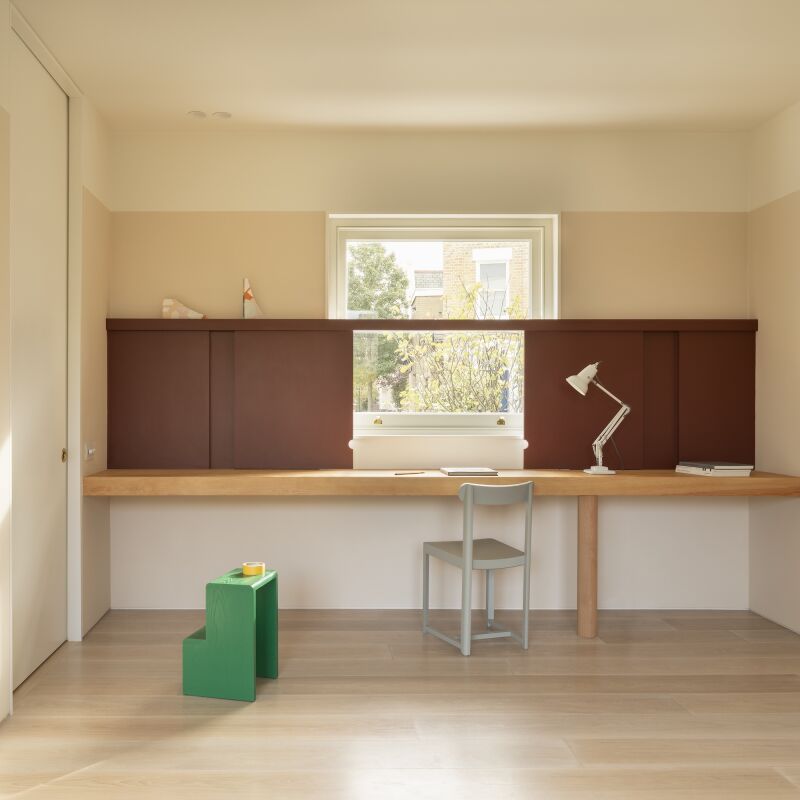
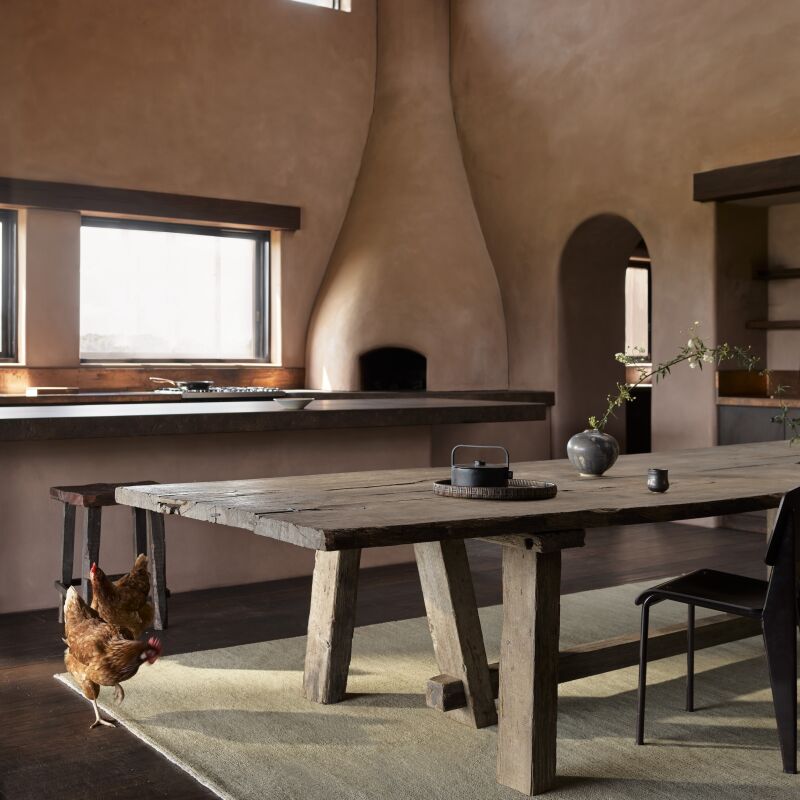

Have a Question or Comment About This Post?
Join the conversation (0)